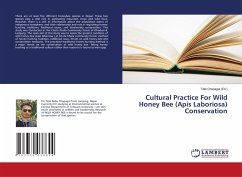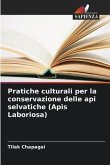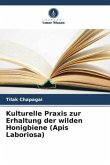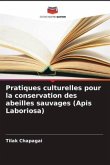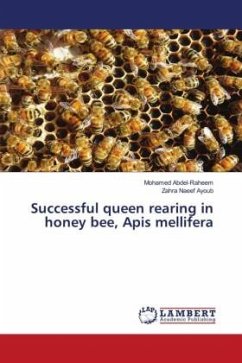There are at least five different honeybee species in Nepal. These bee species play a vital role in pollinating mountain crops and wild flora. However, there is a lack of information about the population status of indigenous honeybees, and their relationship and role in regulating honey-hunting traditions, livelihood issues, and biodiversity conservation. This study was conducted in the Chote Khola Community forest of Dhodeni-8, Lamjung. The main aim of this study was to assess the present condition of wild honey bee (Apis laboriosa ) at Chote Khola community forest, method of honey hunting tradition, livelihood issue, threat on wild honey bee and conservation measures. The practiced traditional honey hunting method is a major threat on the conservation of wild honey bee. Taking honey hunting as a traditional culture rather than resource is found as main gap.
Bitte wählen Sie Ihr Anliegen aus.
Rechnungen
Retourenschein anfordern
Bestellstatus
Storno

